Windows Update is a service that automates downloading and installing Windows software updates over the Internet. This service is configured to regularly check with Microsoft for updates by default.
Since the focus of this guide is to create a stable system that provides maximum audio performance, we will make sure these updates are downloaded and installed in a way that allows you to test the updated PC long before using it for live performance.
The largest Windows updates are Feature Updates as they introduce a new set of features and major improvements to the Windows operating system. An example of such an update is Windows 10 May 2021 Update (codenamed "21H1"). See more information here.
The key to a stable Windows PC is the proper configuration of Windows Update. We recommend that you pause Windows Update while you are on tour. You can pause Windows Update for up to 35 days.
On Windows 10, click on the Start button, then Settings, and select Update & Security to open Windows Update settings:
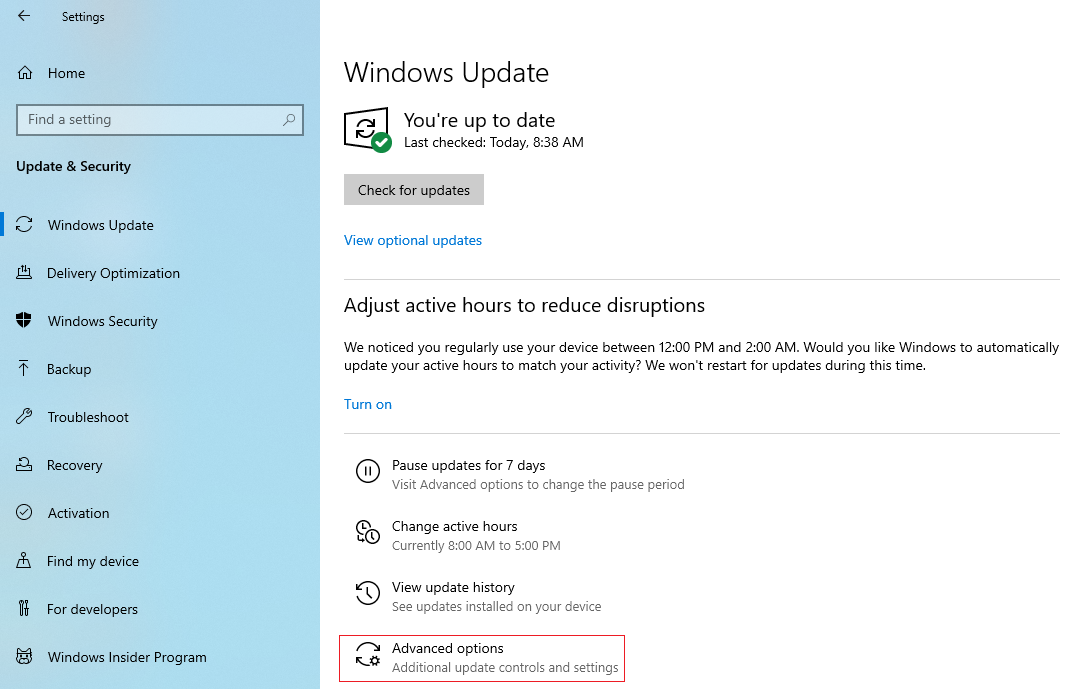
Click on the Advanced options:
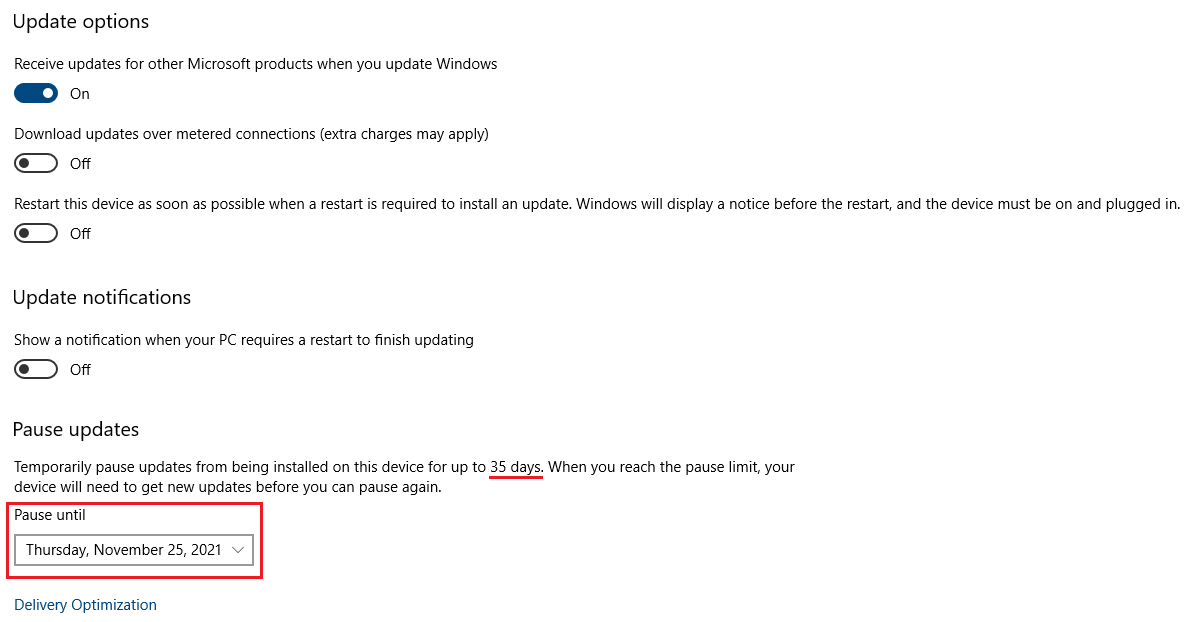
Click on the combo box to select a desired date. You will see the new status of your Windows Update service, showing that updates are paused:

On Windows 11, click on the Start button, type in Windows Update settings and then click the Windows Update settings:
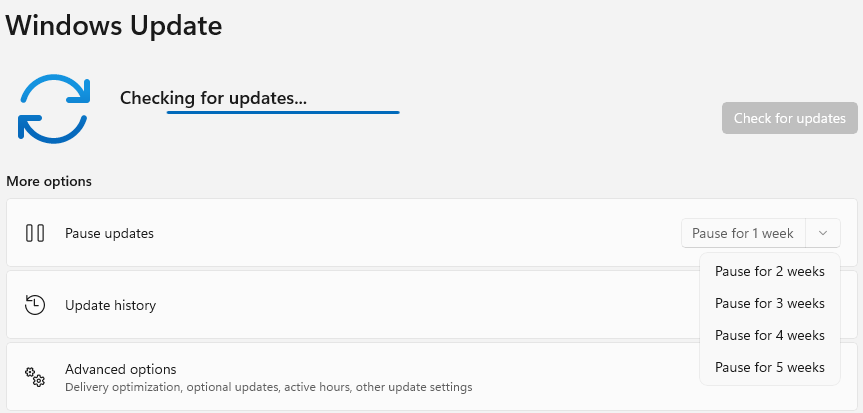
Simply select from the combo box up to 5 weeks to pause Windows updates.
If your tour will last more than 35 days or you never want to automatically download/install Windows updates then you can configure your Windows Group Policy so you will only be notified that updates are available, but they will not be downloaded nor installed until you choose to download and install them.
Use the Win key + R combination to open the Run dialog box, type gpedit.msc and press Enter:
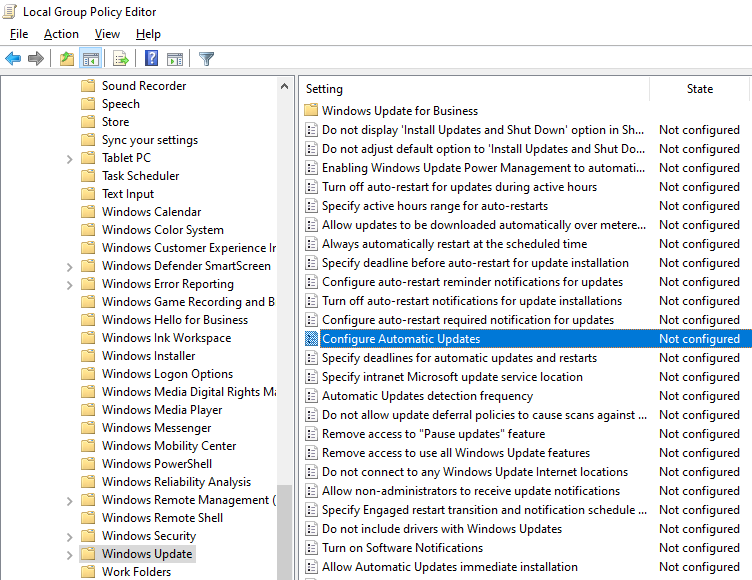
On Windows 10, navigate to Computer Configuration -> Administrative Templates -> Windows Components -> Windows Update and double click on the Configure Automatic Updates setting.
On Windows 11, navigate to Computer Configuration -> Administrative Templates -> Windows Components -> Windows Update -> Manage end user experience and double click on the Configure Automatic Updates setting.
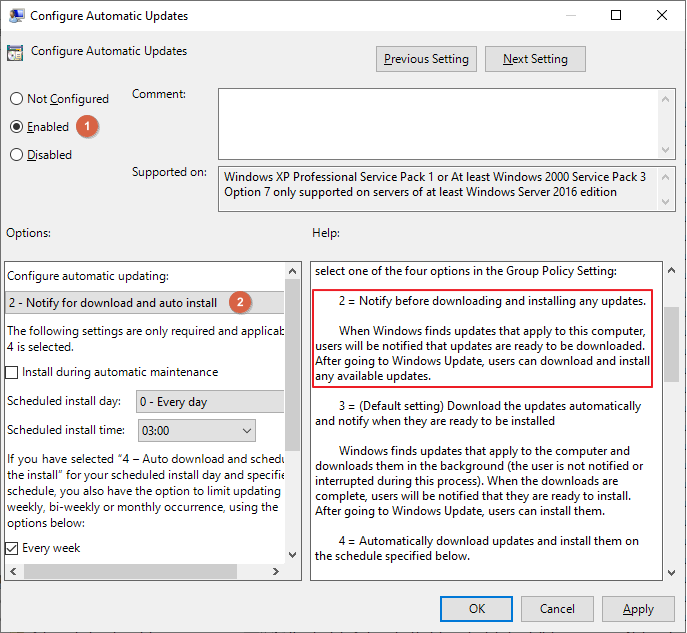
Click on Enabled (1), and then select option 2 – Notify for download and auto install (2). Click on the OK button to confirm the changes.
Note: if your group policy is applied, you will see in the Windows update window the information that Some settings are managed by your organization. Any available updates will not be automatically downloaded nor installed.
This way you have more control over the Windows update process.
Although we do not recommend it, there are musicians who want to completely disable the Windows Update mechanism running in the background, and enable it when they want. This can be done using some third-party applications. Please search for it on the Internet and use with care. There is a difference between the Group Policy method and using such applications; these applications completely disable the Windows Update mechanism, so Windows does not consume CPU cycles for it at all. Additionally, Microsoft Update servers are not contacted for new information about new updates, nor are notifications displayed that there are new updates ready to be downloaded and installed.